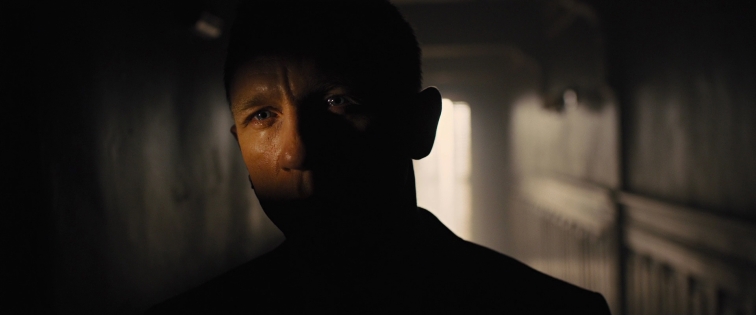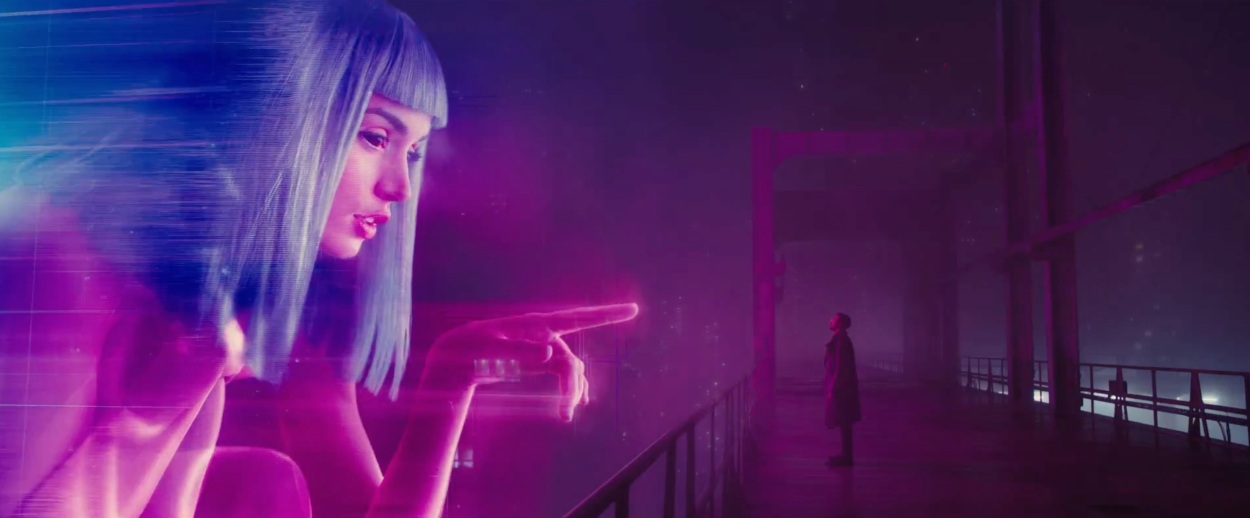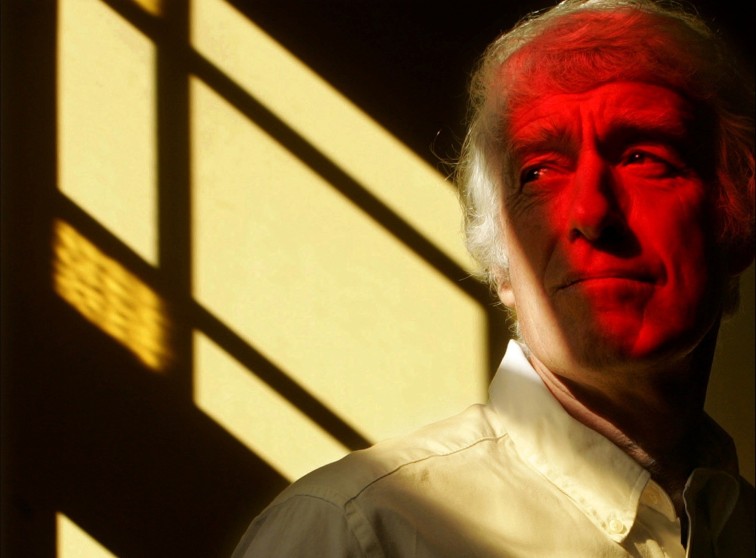
Roger Deakins is no stranger to robbery. In 1994, he was nominated for an Academy Award in the category of Best Cinematography for The Shawshank Redemption. His first nomination, to which the award would go to John Toll for Legends of the Fall, would begin a long and daunting string of nominations without a single win. The list of films nominated, that did not win, is staggering. From Fargo to O Brother, Where Art Thou?, through The Assassination of Jesse James by the Coward Robert Ford, and No Country for Old Men, nominations without victories. True Grit, Skyfall, Prisoners, Unbroken, Sicario, and four other movies, being Kundun, The Reader, Unbroken, and The Man Who Wasn’t There, all deserved some recognition, but not enough.
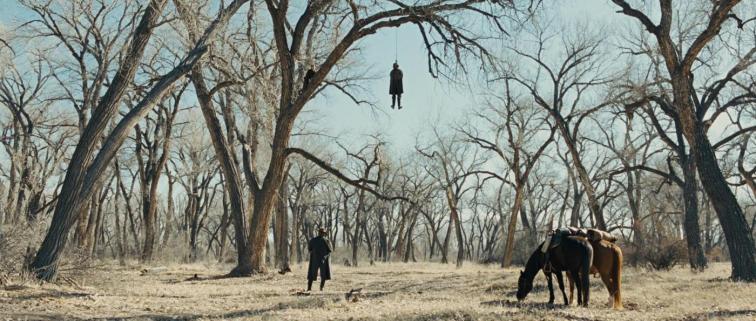
There are three distinct years that I believe Deakins undeservingly lost. Each of these years, Deakins work was clearly head and shoulders above the rest. The first of these being the 67th Academy Awards. The year was 1994, and the films nominated? Legends of the Fall, Forrest Gump, Three Colors: Red, Wyatt Earp, and our man Roger’s Shawshank Redemption. The cinematography of Shawshank is beautiful, choosing to highlight shadows and lighting, staging and framing. It was Deakins first nomination, and deservedly so. Creative shots like the tunnel, and Andy Dufresne embracing freedom for the first time, are iconic even today, and this near-perfect film (currently ranked #1 of all time on IMDb’s top 250) would not be nearly as impactful without Deakins contributions. Legends of the Fall is beautiful yes, and a strong argument could be made for Krzysztof Kieślowski’s stunning conclusion of his Three Colors Trilogy, uniquely focusing each film on a single-color palette. However, this was Deakins year to win, and would set a pattern that would persist for the next two decades.
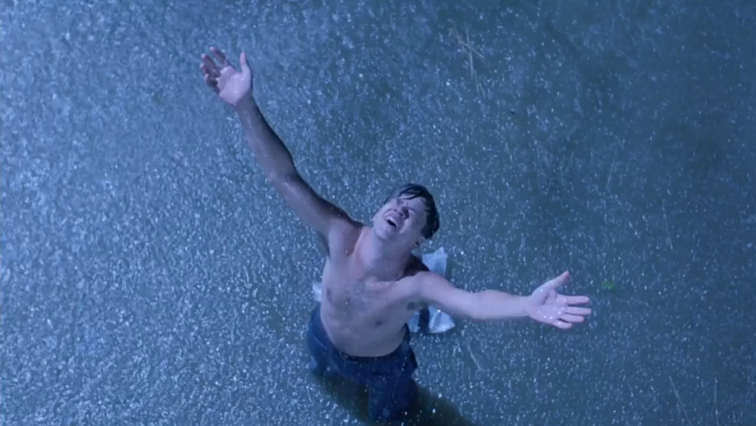
The second case of highway robbery (or in this case, train robbery… that joke will make sense in a second) is the 80th Academy Awards. Deakins was not nominated once, but twice in the same year. Both The Assassination of Jesse James by the Coward Robert Ford, and No Country for Old Men were nominated and, spoilers, neither won. The winner that year was Robert Elswit for his work on Paul Thomas Anderson’s There Will Be Blood. And hey, There Will Be Blood had some pretty great cinematography. But both Jesse James and No Country modernized the western aesthetic, and were absolutely breathtaking. Deakins built custom lens to give Jesse James a cerebral, dream-like feel.
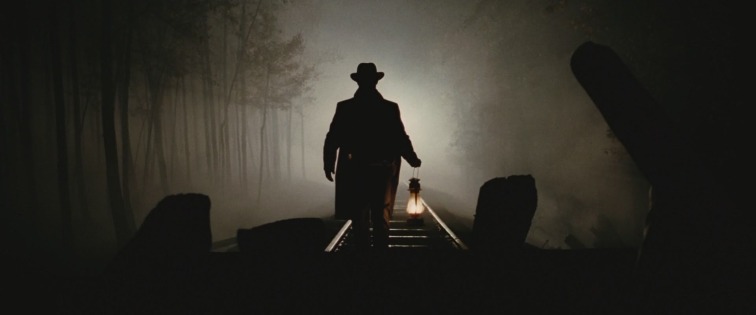
In No Country, his camera work alone adds a tremendous sense of dread and doom. Both of these films were hypnotically beautiful and strikingly innovative, and yet neither won. The curse was now stronger than ever. Deakins can be nominated TWICE in the same year, and still manage to lose to an upset.
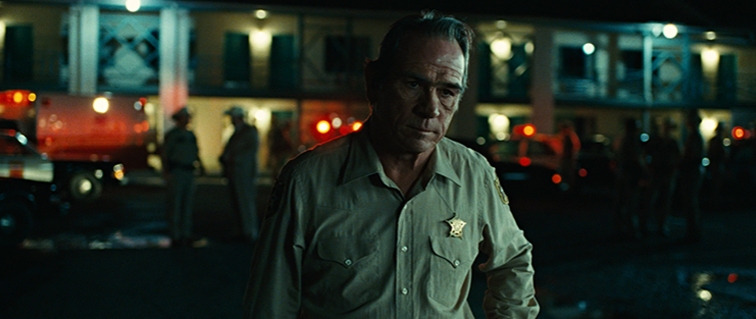
The most recent example of Deakins curse rearing its ugly head is the 85th Academy Awards. That year, Roger Deakins had managed to take a James Bond film and elevate it to Oscar contention through striking visuals and incredible use of color. Skyfall has no right to be as gorgeous as it is. It is an action film, with a machine-gun toting Aston Martin and scene where our hero jumps off of a Kimono Dragon to escape evil henchmen. And yet, Deakins manages to get shots like the skyscraper fight, with its neon blue glow soaking through the scene and framing our warriors in nothing but shadow. Or the amber and red wash of the casino, or the golden yellow of a flaming estate lighting our scene. Deakins, through imagery alone, takes what should be a simple action film, and elevates it to an all-time classic.
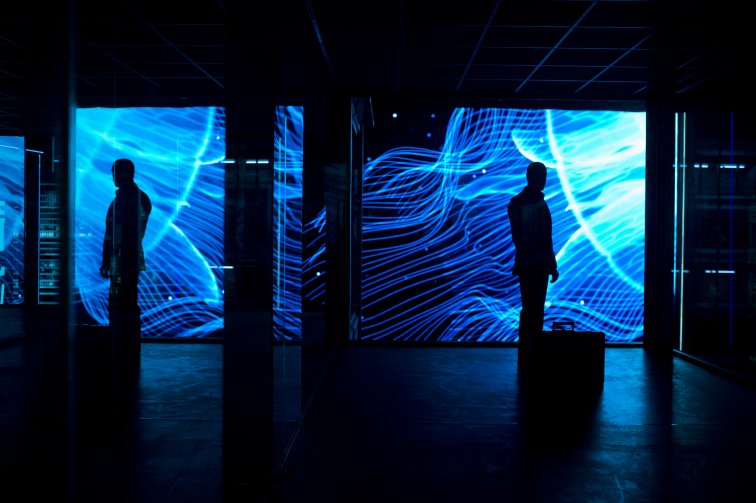
So, Skyfall won that year, right?? Nope. Instead, Life of Pi. Now, this was in a block of years in which whenever a film won best visual effects, it would also win best cinematography. From 2009 to 2013, five films won best visual effects and those same five films also won the statuette for cinematography. It was as if the Academy couldn’t differentiate between the two. (More on that here). Some years, it was warranted. Inception, for example. But Avatar winning cinematography over The Hurt Locker and Inglourious Basterds? And this same phenomenon once again dashed Deakins’ dreams. Life of Pi, while a visual feat technically, should not have beat Skyfall based purely upon cinematography.
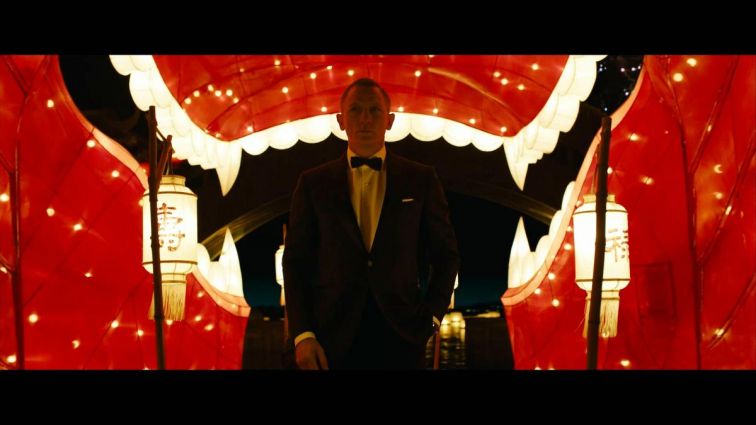
The streak of cinematography and visual effect pairings has subsided in recent years, but may come back this year, and I would not complain. Because this year is different. This year, the film in question undoubtedly has both amazing visual effects, complimented perfectly by cinematography. The film that should win best cinematography this year is Blade Runner 2049.
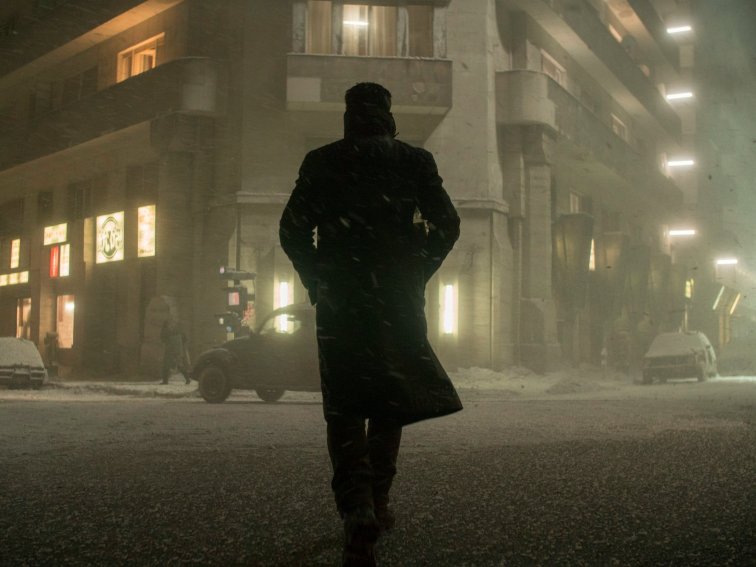
Blade Runner 2049 does an incredible job balancing its stunning visual effects with its eye-popping cinematography. A true sci-fi film by a true sci-fi auteur, Dennis Villeneuve. Roger Deakins takes all of his skills honed over the last twenty-years of Oscar snubs, and applies them with full force and effect. A living, breathing, lived-in world is created by Villeneuve and highlighted by Deakins. This year’s Oscars won’t be an easy race, of course. Films like Dunkirk, Darkest Hour, The Lost City of Z, and The Papers will all prove to be stiff competition. However, this is Deakins’ year. After losing this race a staggering THIRTEEN times, this year deserves to be the year that breaks his losing streak. Please Academy, finally give this man the award he so deserves.
